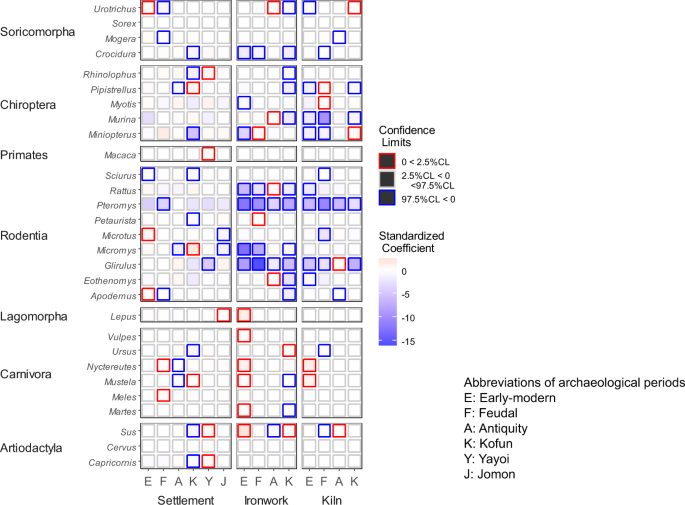The article “Prehistoric human impact on rainforest biodiversity in highland New Guinea” by Haberle explores how early human activities influenced the biodiversity of rainforest ecosystems in New Guinea. It investigates archaeological evidence indicating human occupation and land use that contributed to environmental changes over time. The findings suggest that prehistoric communities exerted significant pressure on local fauna and flora, shaping biodiversity patterns through hunting, foraging, and habitat alteration. The study emphasizes the interplay between human cultural practices and ecological dynamics, highlighting the legacy of these interactions on contemporary biodiversity. This examination of past human impacts is crucial for understanding current conservation challenges and informing future efforts to preserve and restore rainforest ecosystems.
Source link
Impact of Historical Land Use on Today’s Mammal Distribution: Insights from Ecology and Archaeology
Previous ArticleReviving the Klamath: Yurok Tribe’s Restoration Journey


